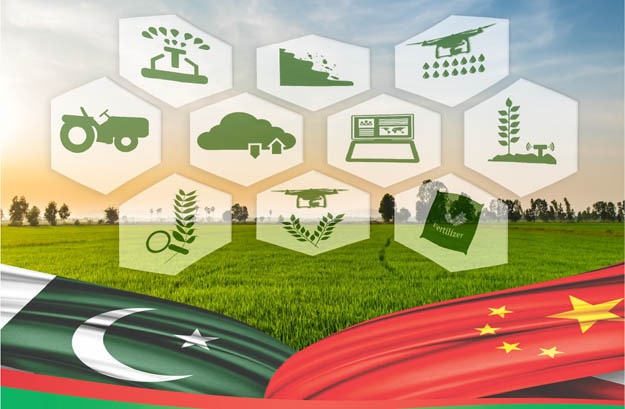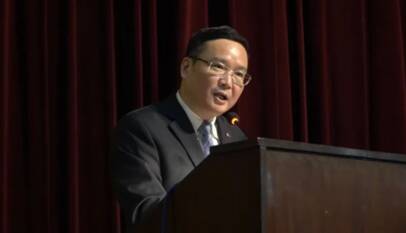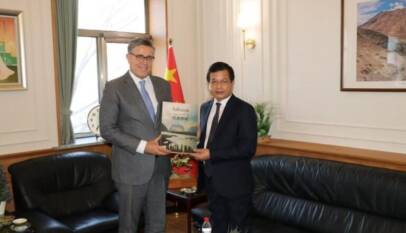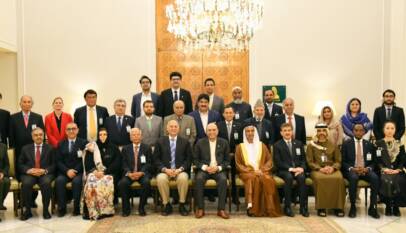BRI and CPEC playing a powerful role in Pakistan’s green development: Report
As per a report titled ‘China BRI Investment Report 2020’ released by the Green Belt and Road Initiative Center, Pakistan has attracted more than 50% of renewable energy investments (47% of which in hydropower) from 2013 to 2020. Dr Christoph Nedopil, a German scholar, and the Founding Director of the Green BRI Center termed this development a step in the right direction towards materializing Pakistan’s recent de-coal policies and demands for cleaner energy. The report further says that Pakistan is also one of the largest recipients of Chinese investments in port infrastructure.
The Green Belt and Road Initiative Center (Green BRI Center) released China BRI Investment Report 2020 which says overall, Pakistan attracted more than 50% of renewable energy investments (47% of which in hydropower)
According to Gwadar Pro, the highlights of this report is that renewable energy investments (solar, wind, hydro) constitute the majority of Chinese overseas energy investments – increasing their share from 38% in 2019 to 57% in 2020. The report also points out Pakistan has been benefited in eco-friendly and economic respects by BRI investment.
Among the BRI countries, investments were spread broadly across the continents. Asia continued to receive the largest share of Chinese BRI investments (about 54% in 2020), and Pakistan is listed as one of the countries that received most investments.
Dr. Christoph Nedopil, a German scholar, and the Founding Director of the Green BRI Center, introduced that affected by COVID-19, the global economy has been sluggish.
Consequently, Chinese overseas investments into BRI countries were about $47 billion in 2020, about 54% less than in 2019. Compared to non-BRI countries, the decline of Chinese investments was moderate in BRI countries.
Under such a context, including Pakistan, several BRI countries bucked the trend and saw an increase in China’s investments in 2020 compared to 2019.
Amidst them, renewable energy investments for the first time were the majority of Chinese overseas energy investments. In 2020, the majority of energy investments went into hydro power (35%), followed by coal (27%) and solar (23%).
Accordingly, investments into renewable energies constituted the majority of energy investments in the BRI in 2020, and the positive trend is expected to continue in 2021.
“This trend exactly matched Pakistan’s recent de-coal policies and demands for cleaner energy. More positively, we can see BRI and CPEC are playing a powerful role in the national green development, says Christoph.
“Analyzing Chinese energy investments in different countries, we find that Pakistan was the country which received most energy investments from 2013 to 2020, followed by the Russian Federation and Indonesia.
Pakistan is both the largest recipient of coal-related investments and also the largest recipient of investments in hydropower.
Overall, Pakistan attracted more than 50% of renewable energy investments (47% of which in hydropower), while Russia and Indonesia received predominantly fossil fuel related energy investments,” the report analyzed.
Meanwhile, investments in Gwadar Port and other transport infrastructure projects will see an obvious increase in 2021.
The report forecasts Chinese BRI investments to focus on strategic assets (e.g., ports) as well as regional transport infrastructure investments in Asian countries.
“Pakistan is also one of the largest recipients of Chinese investments in port infrastructure, such as the Gwadar port operated by China Overseas Port Holding Company,” the report said.
Chinese envoy Zhao Shiren urges students to uphold integrity and strengthen China-Pakistan ties
LAHORE:The Consul Generals from several countries and other distinguished guests attended …











